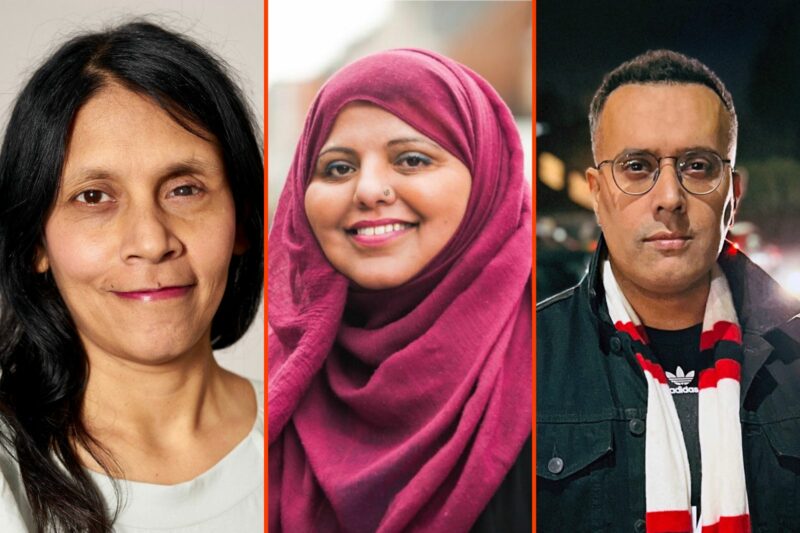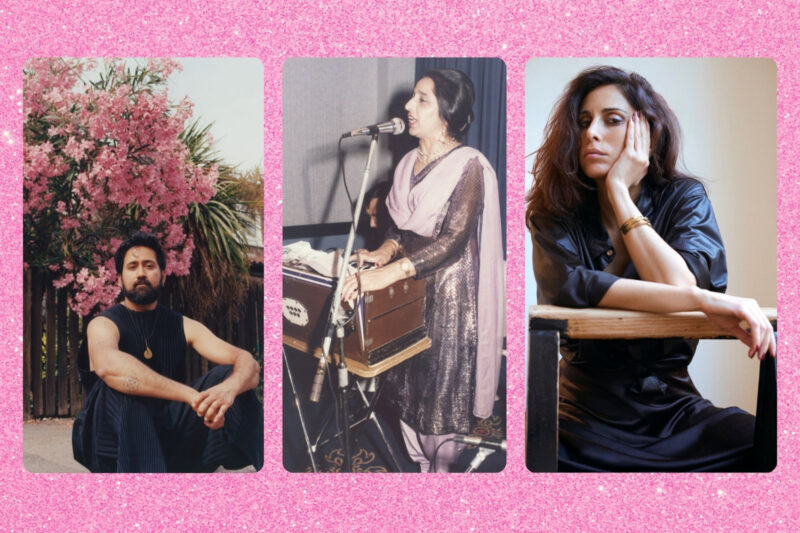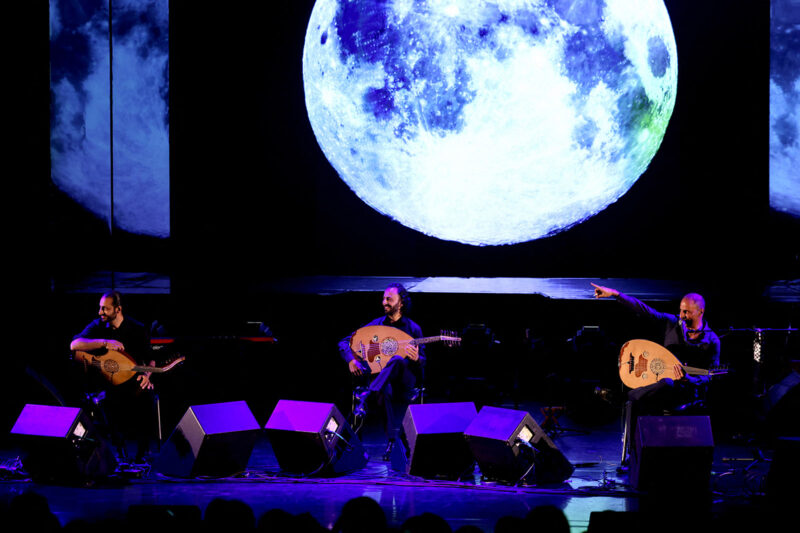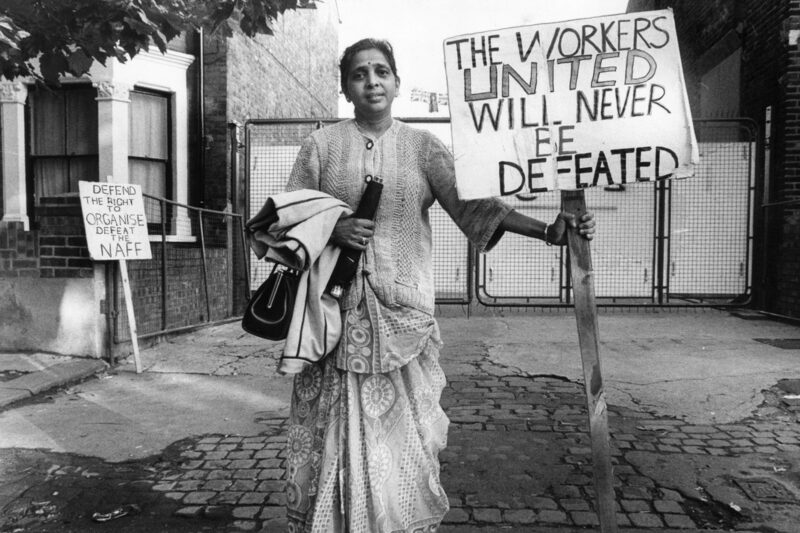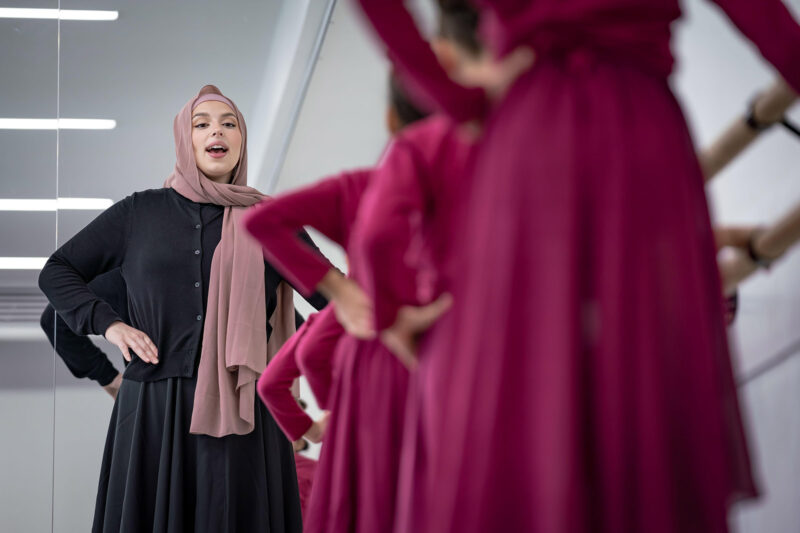Not just for dervishes: how (and where) to give whirling a whirl
Across Europe, Muslims and non-Muslims alike are trying this Sufi spinning dance, intended to induce a meditative state. You can join them

Even watching a performance by whirling dervishes can be a powerful experience: as dancers in billowing robes start to spin slowly, they gradually gain speed until they resemble a blur. For the performer, it is an act of transcendental devotion. A growing number of Muslims and non-Muslims across Europe are embracing the ritual.
Dervishes are devotees of Sufism, a branch of Islam focused on a believer’s personal connection with God. Their whirling — or sema — is a practice used alongside music, poetry and prayer, to deepen their connection with the divine.
“Sema means to listen,” said Feride Funda Gençaslan, president of the Rabbaniyya Sufi Centre in Berlin, explaining that the practice is rooted in the Prophet Muhammad’s teaching that Allah can be found in the heart of a sincere believer. “The whirling movement is a helpful tool to focus on your heartbeat and shut off all other senses. Your heartbeat and your breath are proof you are a living being. This is a way of finding yourself.” It is not, as is a common misconception, meant to induce ecstatic trance.
Sufism emerged early in Islam but its followers have been widely persecuted in both Sunni- and Shia-majority Muslim countries and as a result its teachings and beliefs are commonly misunderstood.
While practised throughout the Middle East, North Africa and South Asia, it took firmest root among the Mevlevi order in the Ottoman Empire from the 13th century. It was widely practised in Turkey until the creation of the modern Turkish state in 1923; Sufism was banned by Mustafa Kemal Atatürk in 1925. However, it continued to be practised in secret and today is widely tolerated.
Traditionally, men and women in Sufi orders have performed sema separately because as an intimate spiritual practice, it was considered important for it to never be misread as a performance for the male gaze. And while some Sufi orders still maintain strict rules about gender, there are now women-led whirling groups in some countries, including Afghanistan and Egypt.
“Today it’s much more open. It also became a political statement [against persecution], for Sufis to openly show what they are doing,” Gençaslan said, adding that while it’s important to remember the dance is only one aspect of a much deeper belief system, anyone can learn to whirl. Across Europe, a growing number of Muslims and non-Muslims, men and women, are giving it a go.
France
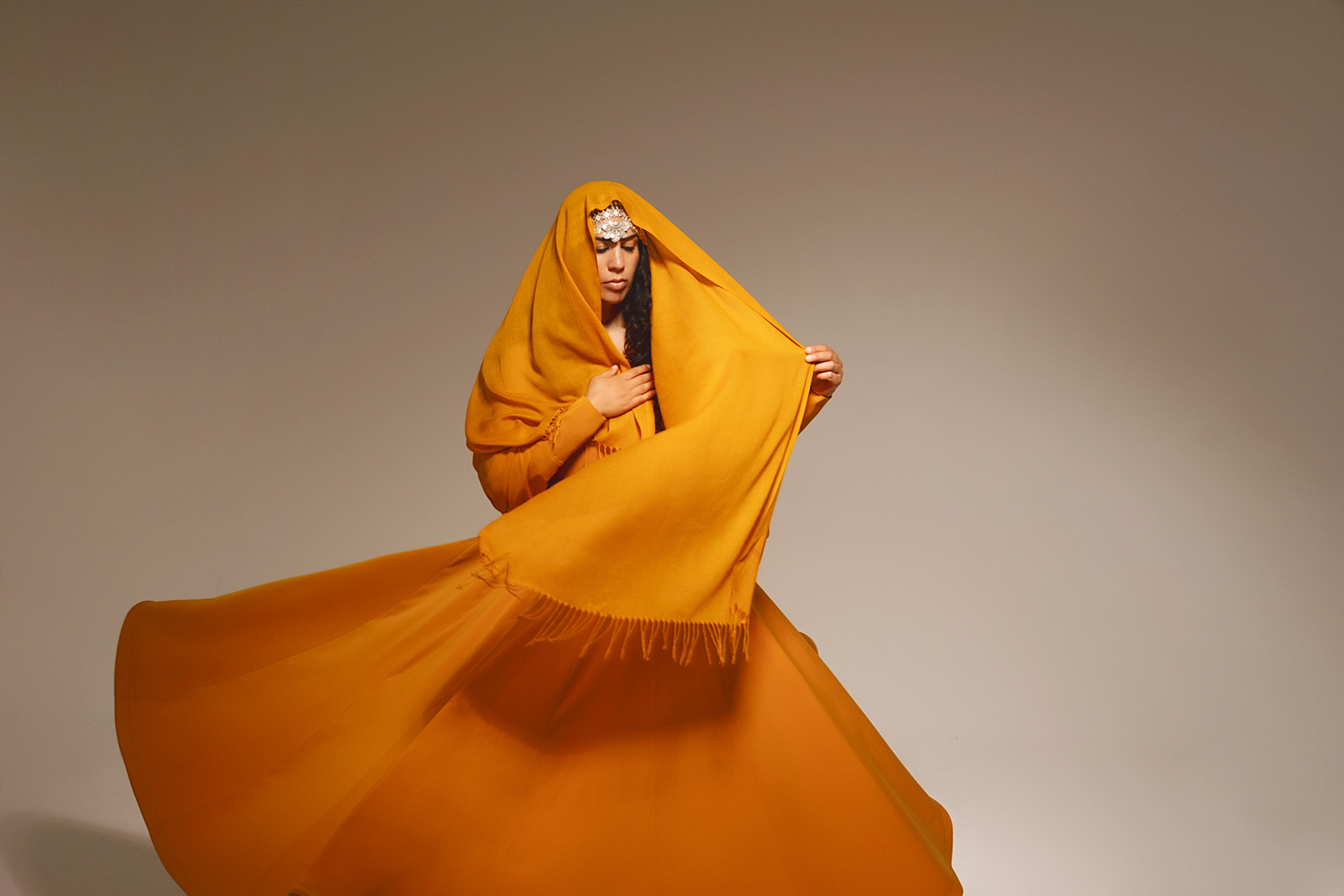
Rana Gorgani leads one-off workshops in Paris, longer whirling retreats in the French countryside and sometimes further afield in Turkey and Morocco. Raised in Paris by Iranian non-religious parents, Gorgani first discovered Sufism while visiting Iran as a teenager and immediately connected with the practice. “It started with the music, the drum repetition — I could feel something changing in my body,” she remembered. “In Sufism we say, ‘the music guides you to God’. I can’t describe how I feel when I whirl — it’s like asking someone how it feels when they pray. It’s a movement where time and space disappear.”
She then spent 10 years studying in a Sufi order in Iran, and also studied theatre arts at university in France, before first teaching whirling online during the pandemic. She believes anyone can benefit from the practice, which she says has similar benefits to yoga and meditation. She believes it’s important to learn the philosophy and the meaning behind different movements: “For example, I always turn towards the left, because it is the side of the heart.” She starts to dance with her hands in an X formation, representing unity.
Gorgani can no longer travel to Iran: she spoke out on French TV and radio in support of the Woman, Life, Freedom movement and now fears persecution. But she performs and teaches in other countries across the Middle East and north Africa. “Maybe there are some older, conservative people who think I shouldn’t perform this as a woman,” she said. “But most people appreciate what I do.”
United Kingdom
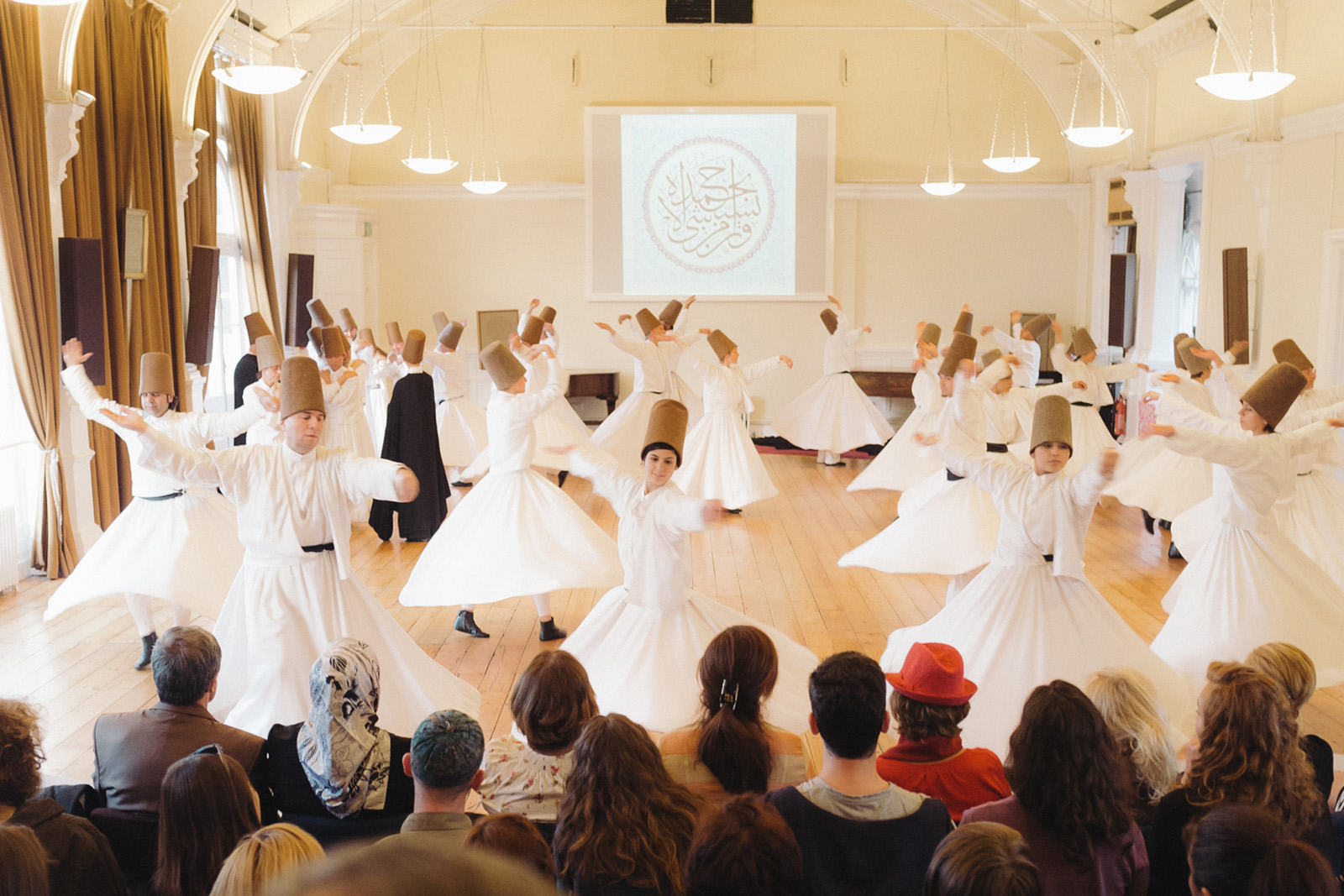
Whirling was brought to The Study Society — a London-based charity focused on education in religion, science and philosophy — in 1963 by Resuhi Baykara, a senior sheikh of Turkey’s Mevlevi Dervish order. Today, it offers four-week whirling courses of early morning sessions. Lessons include prayers and readings from the Qur’an, but are open to people of all religious backgrounds. There are also taster lessons for those weighing up whether to take the course. Of the 14 people accepted onto the course this year, nine come from Muslim backgrounds.
“One of the first things I noticed was how happy it made me feel,” said Helen Oates, who trained in whirling in 2000 and now teaches on the course. “You need to stay so attentive to every detail of what is going on while you are turning, there is no time to think random thoughts. It cuts through all your life’s traumas so you can access a deep inner stillness. I would say it has taught me to be a kinder and more patient person.”
Germany
Dhyana Vargas (seen above) runs monthly open-to-all whirling classes in Berlin. The former meditation teacher remembers sitting with tears streaming down her face the first time she saw dervishes performing at a theatre in Istanbul. “I asked the guy at the entrance, ‘where can I learn this practice?’” she recalled. “And he looked at me, and said, ‘you are a woman — you cannot.’ That crushed my heart.”
Several years later, while attending a meditation retreat in India, she stumbled upon a whirling workshop where she learned the practice. She describes whirling as “a freestyle way of connecting with yourself” and sees it as a powerful practice that can bring unity to people during chaotic times.
Austria, Spain, Slovenia and the United States
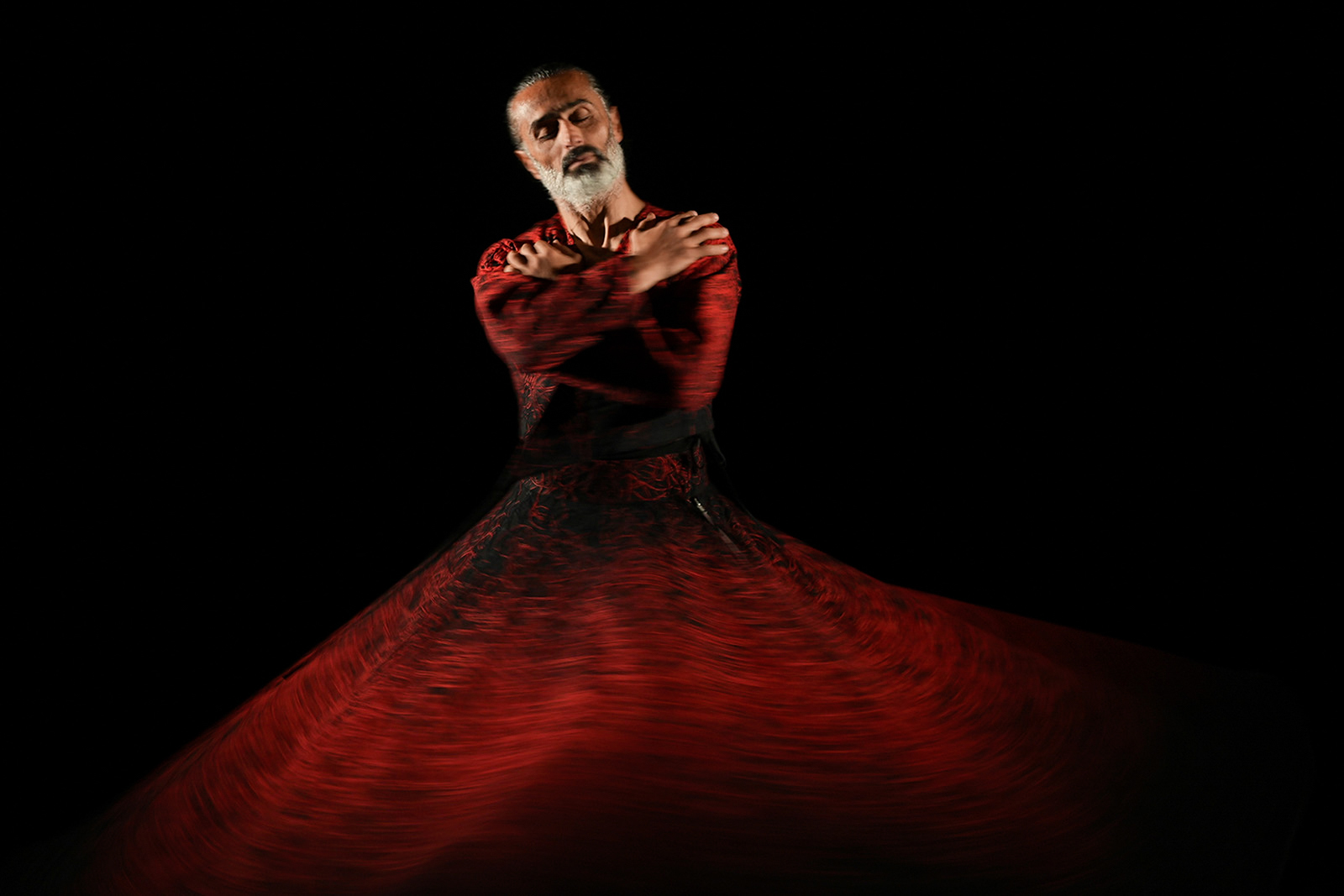
Ziya Azazi calls himself the Dervish in Progress, as he has never formally studied Sufism. The Vienna-based, Turkish-born contemporary dancer blends whirling with different dance styles. He explains that his experimentation with repetitive movement at various dance companies across Austria and Europe led him to whirling: “It’s a practice that is accessible to everyone and promotes self-awareness, emotional balance and inner peace.” This year, he is hosting workshops in Germany, Spain and Slovenia, and retreats in Austria and the US, blending whirling with dance styles such as tango. His classes vary in size from 15 to 50 people and the price can range from several hundred to several thousand euros.
 Newsletter
Newsletter





